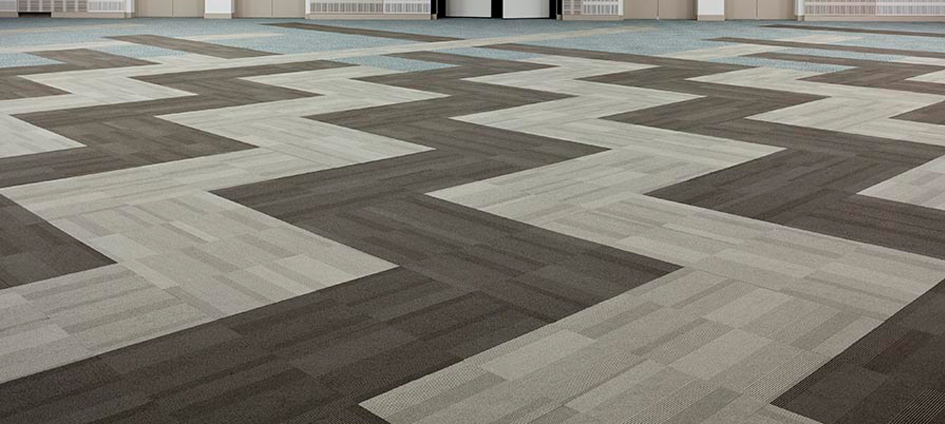
Some years ago they were known only from typical office space, but thanks to their resistance, carpet tiles are also becoming increasingly popular in living spaces.
The advantages are apparent. Actually, carpet tiles have been designed for everyday use, but their benefits make them attractive to the home. They allow for the highest possible level of flexibility, as both the comprehensive selection of materials and the simple adaptation to different living space sizes make them the ideal flooring. In the event of a change of residence, it is easy to take the covering out of carpet tiles and reuse it in the new rooms.
Needle felt, noose or wool felt
The advantage of carpet tiles is clearly in their resilience. The top consists of different materials. Soft new wool allows a pleasant feeling on the feet and spreads cosiness. A blend of cashmere and goat hair, however, is characterized by durability. Common to both materials is the climate-regulating property, as well as a thin layer of natural fat, which repels dirt from the fiber and makes it more resistant.
The back of the carpet tiles are usually coated with bitumen, PVC or polyester fleece. This provides a durable base for the applied pile on top.
Carpet tiles are available in various designs. Tiles made of sling and velor materials, as well as the felted version, are provided with a dense, velvety surface. The treatment with dirt-repellent measures make them a welcome partner in the living area. Damaged areas such as hallway, entrance and passageway area are ideally designed with needle punched carpet tiles that are characterized by their resilience.
Advantages of carpet tiles
– hard-wearing and resistant
– individually interchangeable
– easy to lay
– numerous design options
– less waste than knitted fabric
Disadvantages of carpet tiles
– House dust and mite infestation possible
– regular cleaning required
Laying carpet tiles
Laying carpet tiles requires little effort because they can be laid loose on the floor. Gluing is not required. This is possible because they themselves have a great weight by the back material used. As a protection against slipping the use of adhesive or adhesive strips is possible, from he is not essential.
If desired, place a tile with the multiple spacing of the tile format aligned parallel to the wall in the center of the room. Starting from this central tile, all the other tiles join in without having to cut down too many tiles at the end.
Interchangeable and easy to maintain
Due to their compact construction, carpet tiles do not require as much care as a carpet. Nevertheless, it is necessary to temporarily suck and clean. Also an occasional basic cleaning helps to keep them not only dust-free, but also mite and mold-free. Coarse dirt such as the dust from roads or moisture does not harm carpet tiles.
The flexibility of the carpet tiles is particularly evident during renovation or relocation. Just as a damaged niche can be easily replaced and replaced with a new one, it is possible to pack the flooring of entire rooms and lay it out elsewhere. With good care, the durability of carpet tiles is about seven years.
Varied forms
With a variety of geometrical shapes, carpet tiles offer an unimaginable level of creative potential that goes far beyond simply laying out the previously mostly square tiles. This is how a simple floor covering becomes the basis for a creative design.
 savillefurniture Interior Design Ideas
savillefurniture Interior Design Ideas